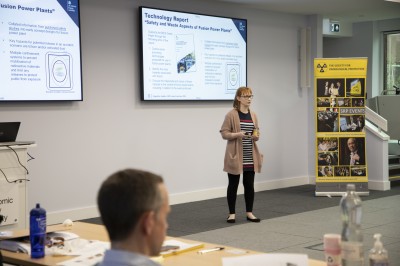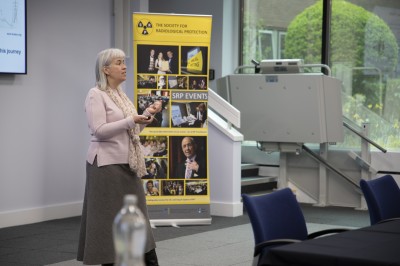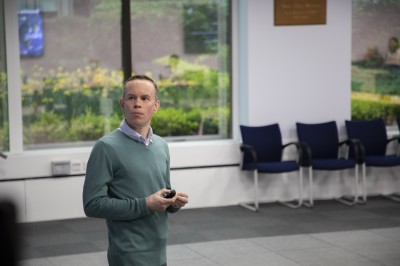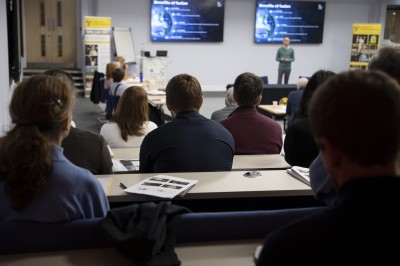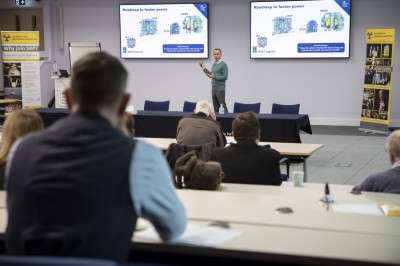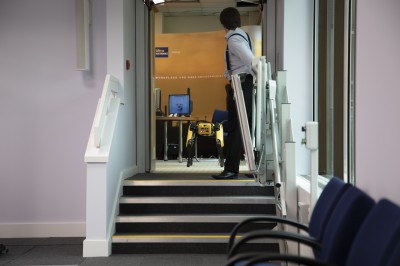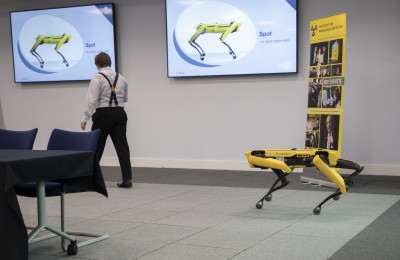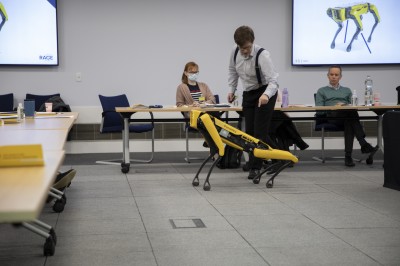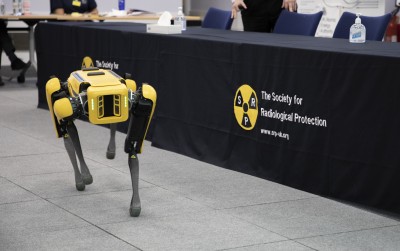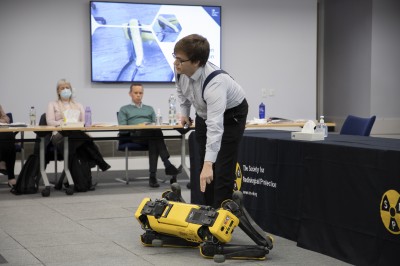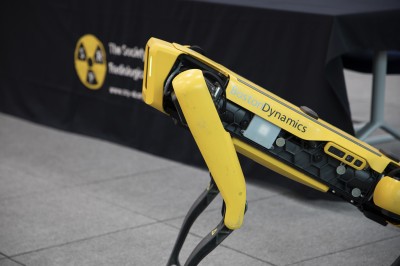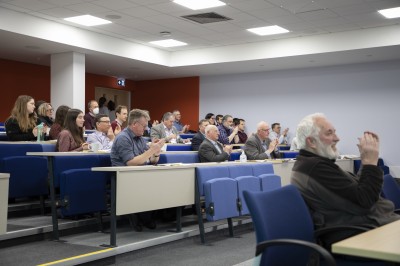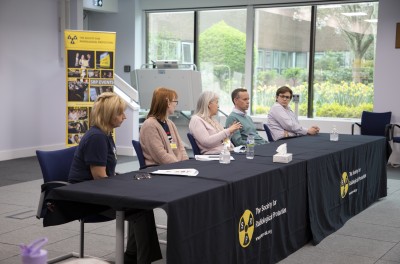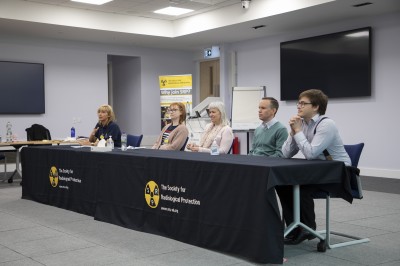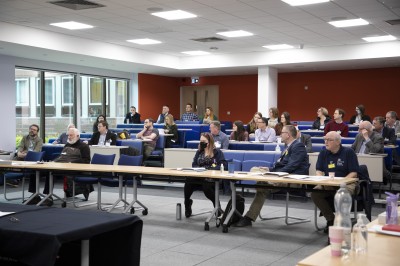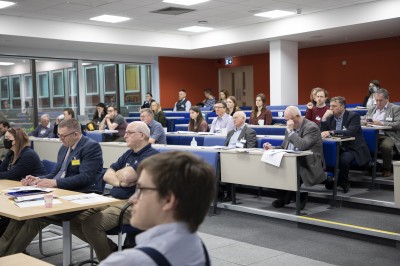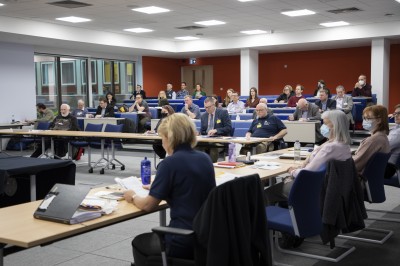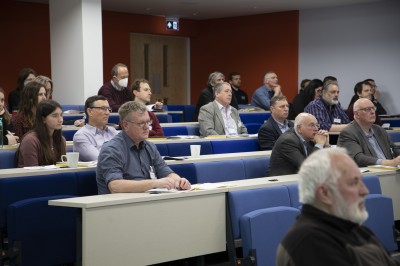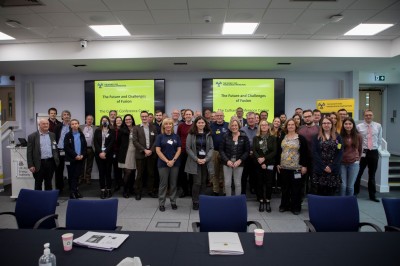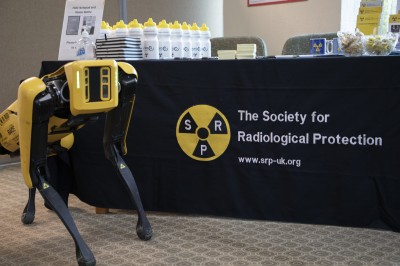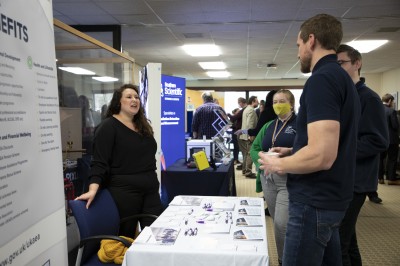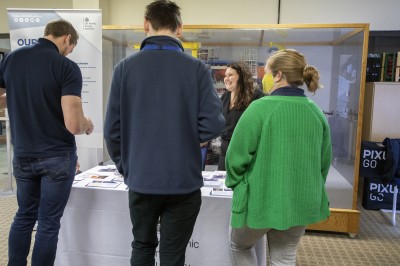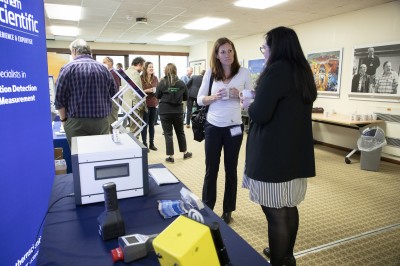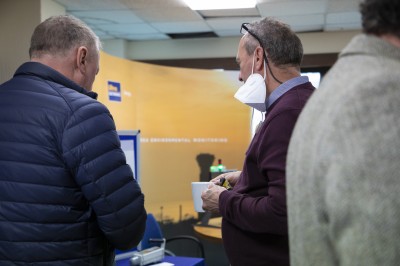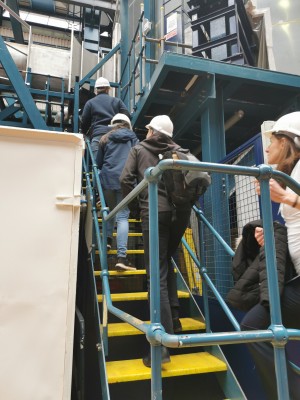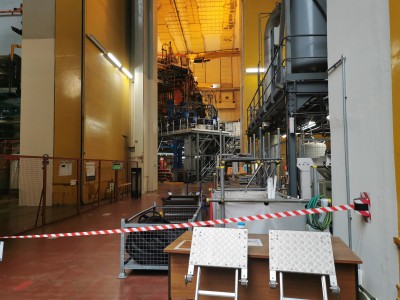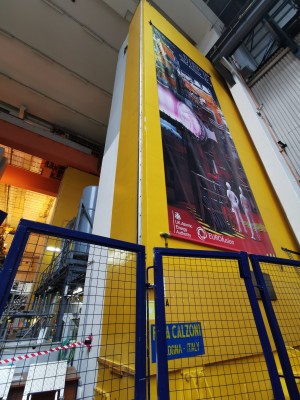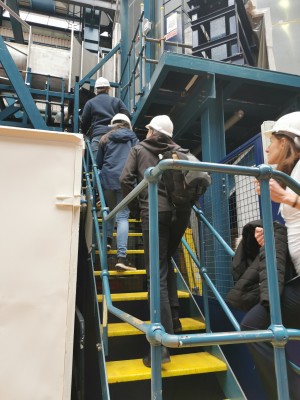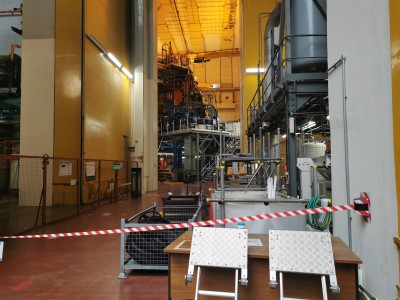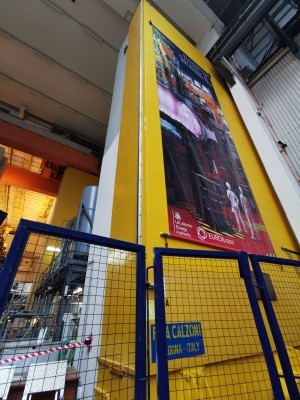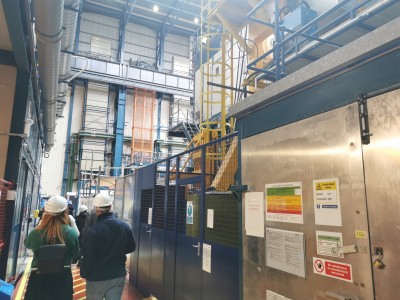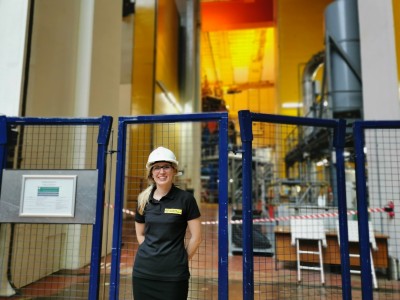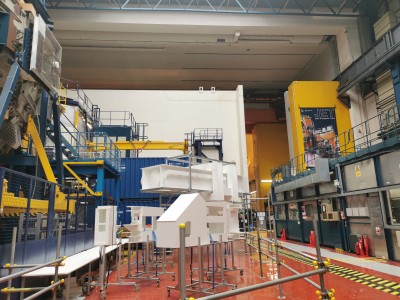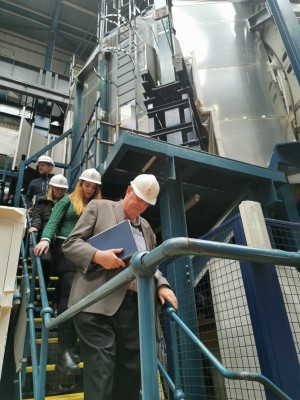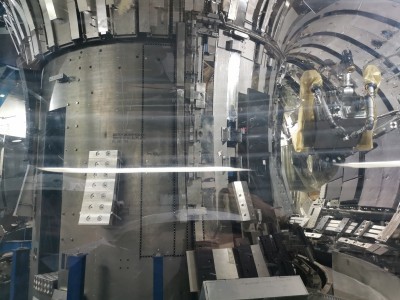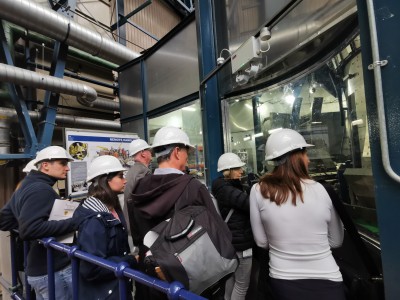The Future and Challenges of Fusion
06 April 2022
Abingdon
'The Future and Challenges of Fusion' event was held at the UKAEA site at the Culham Conference Centre. Over 60 people attended the event and more employees from UKAEA joined us during the breaks to meet the exhibitors; Berthold Technologies, BIC Technology, JCS, Pycko, Southern Scientific and Ultra Energy.
The presentations (member access only) and photos of the day can be found below.
Below is a report by delegates and SRP members Gerry Kendall and Phil Tattersall from the event.
Gerry Kendall a and Phil Tattersall b
a Cancer Epidemiology Unit, Oxford Population Health, University of Oxford Old Road Campus, Oxford OX3 7LF
b South Avenue, Abingdon OX14 1QT
Even before the Russian invasion of Ukraine threatened to disrupt supplies of natural gas, there were powerful calls for self-sufficiency in non-carbon energy supplies. Nuclear power is an obvious candidate. Sectors of public opinion are hesitant about nuclear fission reactors, but perhaps less so about nuclear fusion. So it was most appropriate that the Society for Radiological Protection should organise a one-day meeting on fusion at Culham, the home of the UK research effort in this area. This event dove-tailed neatly with a lecture at the Oxford Martin School on 23 March by Prof Sir Steve Cowley of the Princeton Plasma Physics Laboratory. The SRP meeting featured a number of expert speakers whose presentations co-ordinated closely. There were vigorous and wide-ranging discussions. In this report we shall give an overview, as perceived by non-experts, rather than separate accounts of each talk. Regulatory problems should not be forgotten, but a recently completed consultation by BEIS is likely to conclude that the current regulatory framework will be suitable for future fusion activity and we do not discuss this topic further.
The advantages of fusion power have been obvious from the beginning. Inexhaustible fuel, no risk of an uncontrolled chain reaction, no fissile by-product and so no question of nuclear proliferation. Hypothetical worst-case accidents with fusion reactors are much less serious than Chernobyl-style accidents at fission reactors. More than that, problems of nuclear waste are much fewer with no actinides or long-lived fission products to consider.
There are good reasons to feel optimistic about the prospects for fusion power. As one speaker put it “We are moving into the delivery phase”. Various designs of possible power plant are being discussed. The emphasis at Culham is perhaps on Spherical Tokamaks, but other designs, for example Stellarators are offering alternative approaches. There are sober predictions of a demonstration plant in the 2040s (the UKAEA has shortlisted five possible sites) with a power plant feeding electricity into the grid in the 2050s.
But nobody is pretending that this will be easy. It is necessary to contain the plasma at perhaps a hundred million degrees for long periods while injecting new fuel and extracting the old. New tritium fuel must be generated in a Li-6 blanket. And all this must be done in the most intense bombardment of 14 Mev neutrons and other types of radiation. On top of this, electricity must be generated. It generally seems to be assumed that heat will be transferred to conventional steam turbines.
As described above, problems of radioactive waste are much less with a fusion reactor than with fission. For example, the Joint European Totus (JET) is due to be shut down in 2023 and it is predicted that it can be decommissioned after a six-year cooling off period without producing any intermediate level waste at all. A power reactor would be a different matter, of course. Nevertheless, one speaker boldly claimed “The fusion legacy will not place a burden on future generations”. The absence of long-lived fission products like Tc-99 and I-129 (not to mention actinides) is a great advantage. In comparison, the activation product Ni-63 with its 100y half-life seems quite unfrightening. Nevertheless, the huge neutron fluxes in a power reactor will inevitably cause activation products to be an issue although new materials should help reduce problems so far as is practicable.
Radiological protection problems of tritium are inevitable (power reactors are likely to contain kilogram quantities). A whole battery of techniques will be needed to control exposures. But nevertheless it is hoped that individual doses can be kept very low. One very positive movement was a reported unified approach to chemical and radiological hazards. This means that tritium and beryllium (the interior material of the torus) would be considered together.
An essential part of a practical fusion reactor is the recycling and re-use of tritium exhausted from the reaction area. A moment’s thought shows that this is beset with difficulties. Considerable engineering will be needed, culminating in the separation of hydrogen isotopes by cryogenic distillation (boiling points differ by a few degrees) or displacement gas chromatography on palladium.
One particular presentation demands description. The interior of a fusion reactor is no place for human maintenance workers. As much work as possible must be done by robots. We were treated to a demonstration of “Spot” an appealing dog-like and hugely mobile robot. Spot entered the hall by climbing down stairs and then briskly marched round the podium, with his footsteps beating out a thumping rhythm. He can walk on tip-toes or crouched in stalking style. He can lie down, should this be needed. Best of all, he can be fitted with an arm (tail?) ending in a grabber to pick things up or manipulate controls. One problem is that he is full of edges and crannies to pick up contamination. A doggy coat can fix this. More seriously, the present prototype is probably no more radiation resistant than a human, with a limit of perhaps not much more than a Gray.
After the presentations and discussions the day was rounded off by a number of interesting tours.
ORCID iD
GMK 0000-0002-9561-1837
Roadmap of Fusion - Nick Holloway (UKAEA)
Regulation Update - Bethany Colling and Sally Forbes (UKAEA)
RACE-SPOT’s travels - Guy Borroughes and Oliver Huke (UKAEA) (presentation not provided)
Waste Characterisation - Vanessa Mackay (UKAEA)
Materials Detritiation Facility - Ian Wilson (UKAEA)
Fusion Waste - Dave Coombs (UKAEA) (presentation not provided)
Active Gas Handling System (AGHS) and Exhaust Detritiation System (EDS) - Stuart Knipe (UKAEA)
Tritium Monitoring (personal/environmental) - Amanda Read (UKAEA)

The Future and Challenges of Fusion
Abingdon



